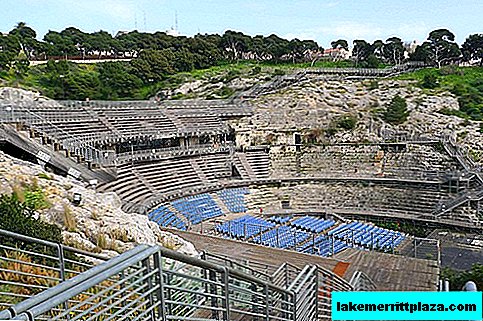In just six months, the Fiat History Center website (Il Centro Storico Fiat) gained more “likes” than the Uffizi Gallery and the Vatican Museums combined.
The Fiat History Center turned out to be the most popular museum in the vastness of the Facebook social network, both in terms of the number of subscribers (about 100 thousand) and the number of “people who talk about it” (more than 35 thousand). The museum, founded in 1963 in Turin, has on display cars, planes, trains, tractors, trucks, bicycles, washing machines, refrigerators, all under the Fiat brand.

Large-scale models, reconstruction of individual production processes, posters and advertising sketches organically complement the collection. The archive part (Fiat and Lancia) stores more than 6,000 meters of card files, 400,000 drawings, 5,000 books and magazines about automobiles and industrial history, 6 million different images, 500 hours of documentaries. And all this rich historical legacy, anyone can watch for free every Sunday from 10 a.m. to 7 p.m. at 24 Chiabrera, in Turin.

It is surprising that the Fiat History Center appeared on the Internet only recently, but has already become one of the most popular museums among users of social networks. In a matter of months, the Fiat History Center page gained more “like” clicks than the similar pages of the Uffizi Gallery and the Vatican Museums combined.

A significant indicator is also the number of people who “speak” (about 35 thousand): that is, the number of Facebook users who somehow left a mark on the Fiat History Center page (by clicking “I like” anywhere on the page, writing that -Anyone on the wall, leaving a comment or sharing a post with friends, answering a question or sharing a link with friends).

The number of people "who say", that is, they are interested in the page is a kind of barometer of the number of discussions that arise, and therefore the quality of the Internet resource. And this indicator puts the Fiat History Center's Facebook page on a par with the largest museums in the world: from the Museum of Modern Art in New York to the Louvre Museum in Paris.

Judging by the profiles, people who follow the news of the Fiat History Center are evenly distributed both by age scale and by nationality: a quarter of the subscribers are Italians, but there are also many representatives of South America, India, the USA, and Mexico. But in general, people from all over the world are interested in the museum: from Georgia to Hong Kong.









